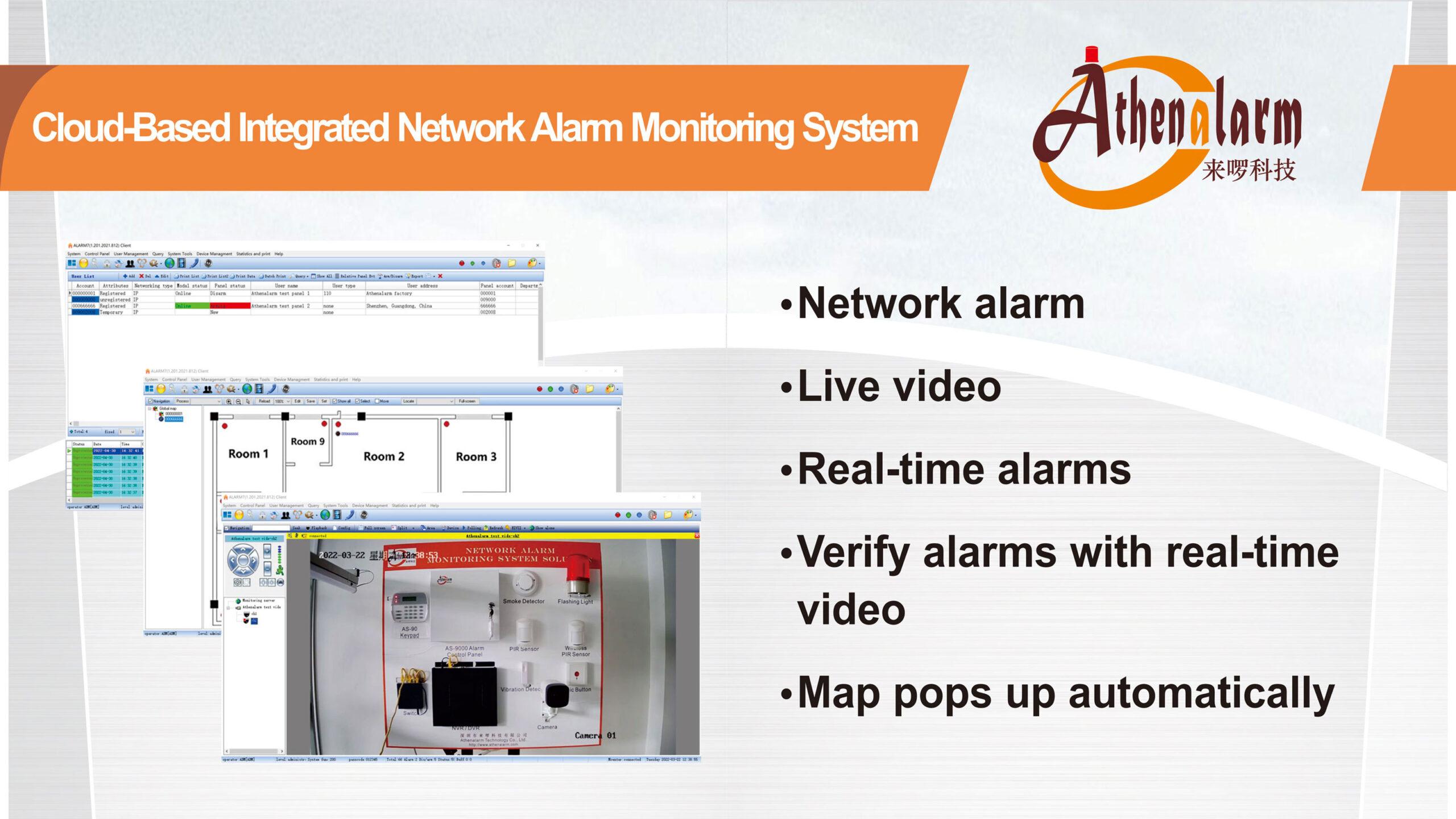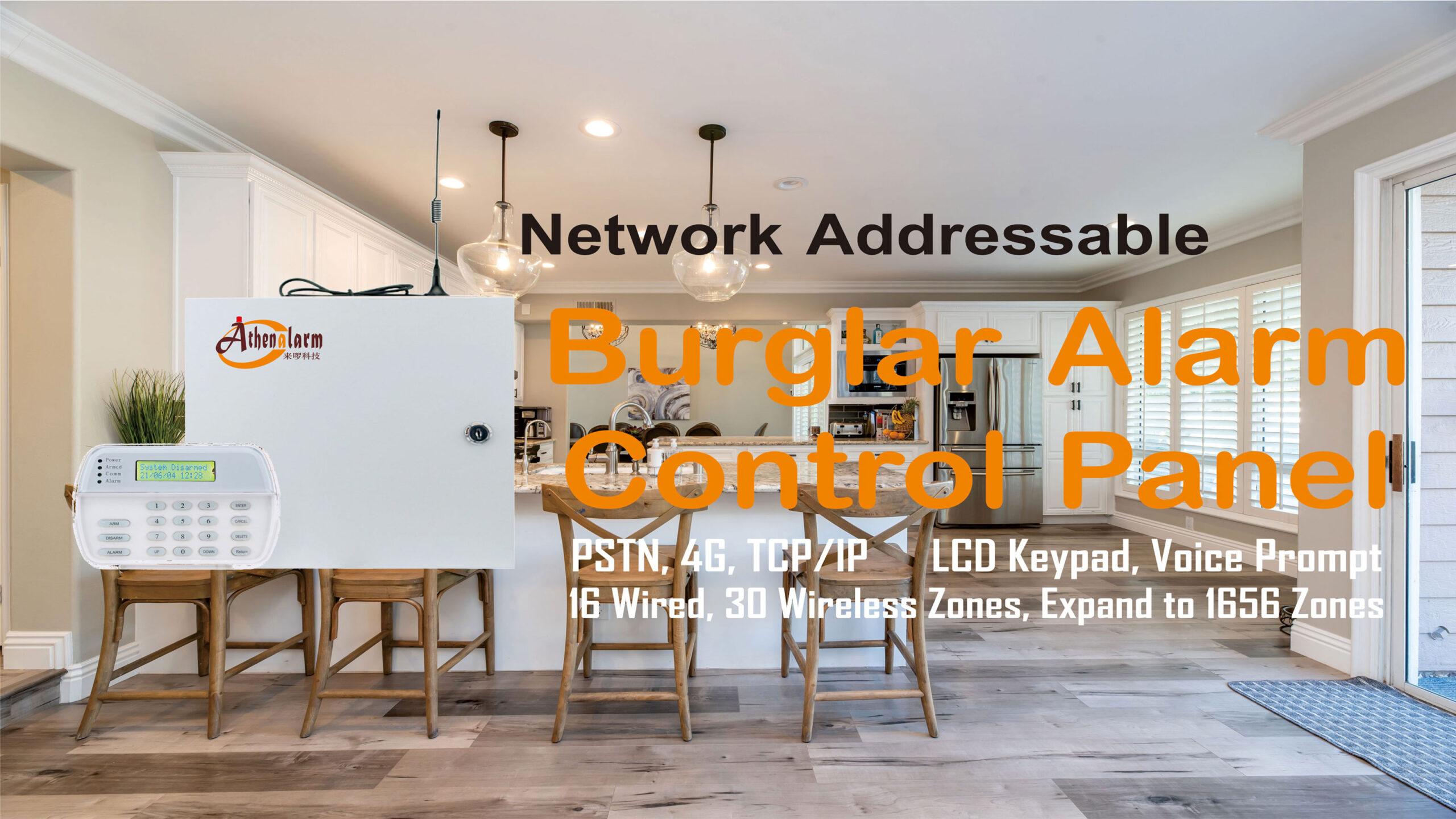



11 Tips to Make Active Infrared Detector More Reliable
Active infrared detectors are a trusted and cost-effective choice for perimeter security projects. But in actual use and installation, it is necessary to choose the right type based on cost and actual needs, and design and install according to local conditions and standardization. Here are 11 tips to make active infrared detectors work more reliably.
1 Can resist interference from stray light
The shell of the active infrared detector must be made of specially designed material for filtering stray light and use optical film technology. Meanwhile, the same filtering materials and processes must also be used on the optical components inside the receiving end.
2 Independent large aperture dual beam and large spacing
Due to the relatively small volume of branches, fallen leaves, or birds compared to the human body, they can generally only block one beam of light. When the adjacent spacing of multi beam products is greater than 100mm, these interference factors can be effectively eliminated. Meanwhile, as mentioned earlier, when working with multi beam products, the actual beam that works is the outermost one at the top and bottom. Therefore, the key to preventing false alarms and missed alarms is the large spacing independent dual beams that are more easily concentrated in energy.
3 Frost and dew prevention technology
To meet outdoor environmental requirements, the active infrared detector housing must have a frost and dew resistant groove structure design, and there are optional heater accessories for use in low-temperature environments. At the same time, the shell and threading holes must be made of professional waterproof materials such as rubber seals, and the protection level should be above IP45.
4 High quality optical structure
While controlling costs, it is advisable to use optical technology using Fresnel lenses to ensure maximum energy output and reception at both ends of the equipment, ensuring product stability.
5 Sensitivity adjustable
Similarly, when blocking infrared light, the blocking time for fallen leaves or birds is usually shorter than the blocking time for humans climbing walls, because the speed is faster than the former. By adjusting the sensitivity of the equipment through this measure, active infrared detectors can effectively prevent false alarms.
6 Lightning protection and surge resistance
More than 50% of active infrared detector failures are caused by lightning or surges. To prevent electrical equipment damage and false alarms caused by direct lightning strikes, the lightning protection indicators of the active infrared detector itself must meet safety standards. Of course, more importantly, the perimeter system must also have a grounding design that is lightning proof, anti magnetic, and anti RF interference.
7 Standardized installation and construction
The reliability and stability of the performance of active infrared detectors themselves are one aspect, and standardized installation and construction are also quite important. How to ensure the optimal working state of the detector and achieve the most effective perimeter protection performance of the perimeter system largely depends on the construction and installation specifications.
8 Pay attention to special sites
The active infrared detector installed on curved or irregular walls shall not exceed a maximum chord height of 15-20 cm from the arc edge of the wall. If a human body climbs beyond this distance, it is necessary to increase the number of active infrared detectors to segment the curved wall, so that the maximum chord height does not exceed the specified distance.
9 Prevent interference from occurring
When several pairs of active infrared detectors are installed in the same straight line, it is recommended to use the same type back-to-back installation method to reduce interference between adjacent active infrared detectors.
10 Sensitivity voltage and voltage difference
The sensitivity voltage for active infrared detector calibration must meet the standard to ensure that the active infrared detector can work normally even in harsh weather conditions. At the same time, the upper and lower pressure differences of the dual beam active infrared detector must be adjusted according to the instructions to effectively prevent false alarms.
11 System maintenance
Daily maintenance and repair are very important, and it should generally be cleaned and maintained by professional personnel every three or six months based on the on-site situation. The active infrared detector optical axis should be recalibrated and the entire perimeter system should be debugged.
